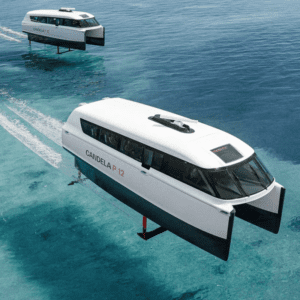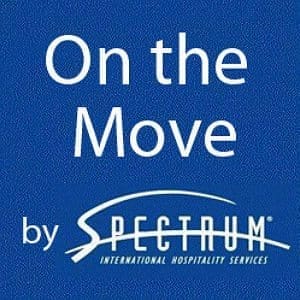The founder of Wal-Mart, Sam Walton, famously stated that:
“There’s only one boss. The customer. And he can fire everybody in the company from the chairman on down, simply by spending his money somewhere else.”
Walton’s statement is more self-evident today than ever. The explosion of things like internet-based sales models, disaster led changes in travel patterns and ever fluctuating exchange rates has led to many hotels adopting pricing strategies in a bid to maintain and expand client base and competitive advantage.
The actions of many businesses in this time would seem to imply that the best strategy is to try and be all things to all people or that competing on price is the only option available to us.
While pricing strategies can help a hotel attract and retain customers, a pure pricing strategy is not sustainable in every business model. The best strategies differentiate the customer value proposition. Though price obviously impacts the buying decision, customer satisfaction is never just about competing on price.
?
Figure 1: Key Elements of Your Business Value Proposition.
There are three elements that make up your hotel’s value proposition (Figure 1). Your value proposition is about differentiating your hotel from the competition through sustainable value creation. This is achieved by specialising in two of the three key proposition factors: quality, price, and the unique experience that is created by doing business with you.
The important thing to remember is that you can only choose to focus on two of the three! Trying to focus on all three is not sustainable…..to offer top quality, with the best experience at a low price.
And offering low prices can be profitable and many hotels have been successful in pursuing that strategy. However, if you do not want to be competing on price, then you have to focus on quality and experience!
And service is not a fringe issue – it is the driver of the customer experience. According to Booz Allen Hamilton (“Smart Customization: Profitable Growth Through Tailored Business Streams,” November 2003) companies that are focused on the customer’s experience have been found to outperform competitors by 2 to 1 in revenue growth. On average, they report 5 to 10 per cent higher profit margins, making service both necessary and profitable in today’s economy.
The debates associated with adopting a customer service strategy hinge on the fact that service training benefits are not fully realised in many cases. A truly experience and quality centric hotel does not expect service focus to result from merely implementing a service training program for its guest facing staff.
The hotel that leverages great customer experience is concerned with developing a top down culture based on service. This is incorporated throughout the entire organisation as part of the strategic competitive advantage.
Effective service training goes beyond fixed procedures and process to a holistic and cultural transformation for the entire organisation. In fact, in the Harvard Business Review Service-Profit Chain (see Figure 2), service, customer satisfaction and loyalty are a function of many different interlinking elements in the organisation. It functions as a part of the strategic approach of the whole organisation.
?
Figure 2: Harvard Service Profit Chain, 1984
Training organisations such as iperform have a number of clearly defined and specific strategies for making any service-driven initiative really count. These are the proven key strategies that can be applied to any business keen on building competitive advantage based on quality and service. These six steps are outlined as follows:
Step 1: Total commitment
To incite true commitment and effect thorough change, start with managers and involve a representation of staff from all levels.
Step 2: Share the vision
Involve all of your staff and sell them on your brand values and vision.
Step 3: Lead from the front
Make your leaders the champions of your service strategy, so they can lead by example and guide by experience.
Step 4: Create spheres of activity
Encourage spheres of activity at all levels of the hotel by implementing quality input on values and practices to improve and change.
Step 5: Measurement and accountability
Empower people with specific goals and measure all aspects of the customer service experience, both the operational and experiential.
Step 6: Don’t be insane
Albert Einstein defined insanity as “Doing the same thing over and over again and expecting a different result.” Commit to continuous improvement, and understand the long term payoff of getting service experience right.
Although it can be perceived as harder to manage, mastering the delivery of customer experience creates a Return On Emotion for customers and a sustained Return On Investment for businesses. It does this by encouraging a reluctance to switch brands, increasing average spend per customer, and positive referral marketing to underline the value of a specific brand.
About the author
Timothy Millett’s training roles have seen him deliver programs across Australia, Asia, Europe, Africa and America ensuring cultural sensitivity as well as a broad base of experience in lecturing, teaching and training.
A graduate of the Ecole Hôtelière de Lausanne, Switzerland, his hospitality career spans management and director positions in Front Office, Guest Relations, Public Relations, Food & Beverage and Training with organisations including the Regent of Melbourne, The Mandarin Oriental Hotel Group and Mövenpick Gastronomy. He was also a founding staff member of the internationally renowned Blue Mountains International Hotel Management School in Australia.
Tim is currently the Director of Training and Development at iperform, an organisation that specialises in Sales and Service, Leadership and Effective Personal Organisation programs.












